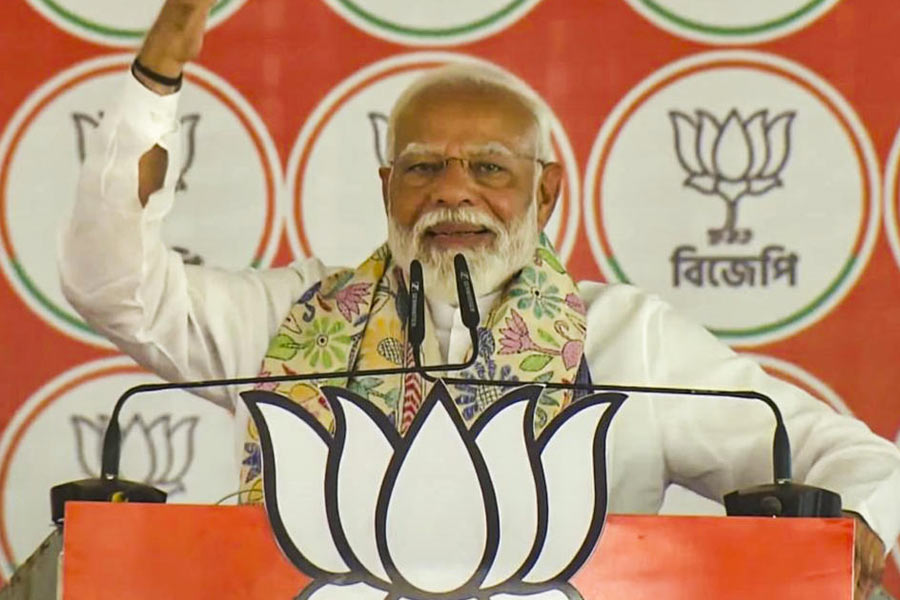This must count as a classic knee-jerk reaction to a snowballing problem. Last week, the Centre announced the first set of measures designed to clamp down on a soaring current account deficit and crank up dollar inflows in an attempt to stop the rupee’s perilous slide. At the end of a palaver with the country’s top bureaucrats and Mint Street honchos, the government announced its intention to stop imports of non-essential commodities, remove certain restrictions on external commercial borrowings — the source of cheap dollar credit for India Inc — and jump-start dollar inflows by removing the withholding tax on masala bonds floated during this fiscal year. For several months, the government’s refrain was that there was very little it could do to stop the rupee slide and stem dollar outflows on account of a surging oil import bill. But it was finally forced to come out of a prolonged period of policy-making inertia after India’s current account deficit, which measures the gap between imports and exports of goods and services, ballooned to $15.8 billion in April-June this year. At this level, the CAD works out to roughly 2.4 per cent of the GDP, a fact that prompted global credit rating agencies to start raising red flags.
The two measures designed to ratchet up dollar inflows — permit manufacturing sector entities to raise up to $50 million of ECB loans with a one-year maturity and allow banks to float and underwrite masala bonds — have dubious merit. In 2017-18, Indian companies had raised $28.7 billion worth of ECB loans with a weighted average maturity of 6.1 years. It is hard to say whether a one-year ECB loan facility will enthuse either borrowers or investors. The masala bond is a fairly new fund-raising instrument. These bonds are issued on the overseas exchanges but are denominated in Indian rupees rather than the local currency of the country where they are floated. At a time when the rupee has plunged to almost 73 to the dollar, a rupee-denominated bond may not evoke much interest.
The market was pinning its hopes on a bond issue loaded with incentives and specially targeted at non-resident Indians, redolent of the Resurgent India Bonds and the India Millennium Deposits that were floated earlier. Together these bond issues had raked in about $10 billion and were effective in tiding over a shortage of dollars at that time. The bigger worry is over the plan to curb imports of non-essential goods which is expected to come out shortly. The government has to make sure it does not fall foul of its obligations under the WTO agreement when it decides on the tariff and non-tariff barriers to trade. Coal, steel and gold look like items that could be immediately targeted badly, hurting industries that rely on these inputs. These import restrictions could scupper growth in the economy just when it has started to show signs of firing on all cylinders.










